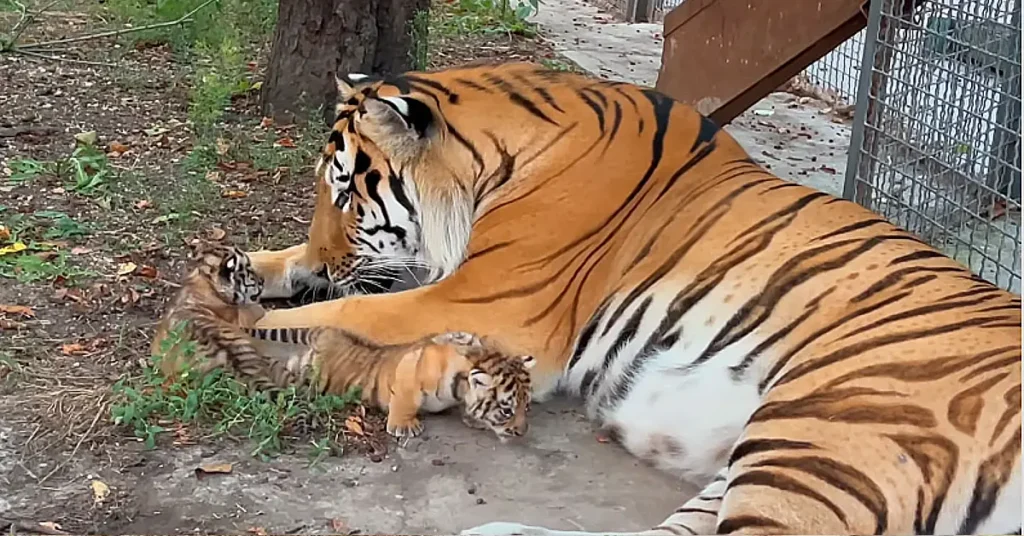Have you ever stumbled upon a curious metal object while rummaging through your drawers, particularly among your sewing supplies? It may appear unassuming at first, with its simple and utilitarian design, but it serves a very specific purpose that might surprise you. In this article, we’ll delve into the secrets of the cotter pin, a small but essential fastener with a wide range of applications.
The metal hook-like items you’ve likely found in your sewing kit are called cotter pins (also known as split pins). Cotter pins are fasteners used to secure bolts or other components and prevent them from loosening due to vibrations or other forces. They consist of a looped end and a split shaft, which is bent back after being inserted through a pre-drilled hole.

When used, a cotter pin is inserted through a pre-drilled hole in a bolt, shaft, or similar hardware component. Once the pin is in place, the split ends are bent outward, locking the pin and preventing it from slipping out. This simple yet effective mechanism makes cotter pins invaluable in various mechanical applications, from automotive repairs to machinery assembly.
Finding a cotter pin among sewing supplies might seem odd, but there are practical reasons for its presence. Occasionally, cotter pins are used in sewing machines to secure various moving parts, like the needle clamp or presser foot. This helps to ensure the smooth and reliable operation of the machine, even in the face of vibrations and other stresses.
Beyond their use in sewing machines, cotter pins can also be found in the toolkits of those who engage in crafts that combine fabric and hardware. Crafters might keep these pins on hand for making customized accessories or home decor items, where their versatility and secure fastening capabilities come in handy.
The humble cotter pin is not limited to sewing and crafting applications; it has a much broader range of uses. These pins are essential fasteners in a wide variety of mechanical and industrial settings, from automotive repairs to heavy machinery assembly. Their ability to withstand vibrations and secure components makes them indispensable in maintaining the integrity of complex systems.

In the world of machinery, cotter pins play a crucial role in ensuring the safe and reliable operation of various equipment. They are used to secure everything from drive shafts and wheel hubs to pivot points and adjustable components. Without these unassuming pins, many machines would be prone to malfunctions, posing potential safety hazards.
Over time, cotter pin design has evolved to meet the changing needs of various industries. While the basic concept of a looped end and a split shaft remains the same, manufacturers have introduced variations to suit specific applications. For example, some cotter pins feature longer or wider shafts for increased holding power, while others have specialized coatings to resist corrosion in harsh environments.

Proper installation of cotter pins is essential to their effectiveness. Inserting the pin correctly, with the split ends bent outward, ensures a secure connection that can withstand the forces it will encounter. Neglecting to properly install a cotter pin can lead to potentially dangerous situations, as the component it secures may come loose and fail.
While cotter pins are primarily associated with industrial and mechanical applications, they can also be found in various everyday household items. From bicycles and lawnmowers to furniture and appliances, these versatile fasteners are often used to hold components in place and prevent unwanted movement or loosening.
Next time you come across a metal hook-like item in your sewing supplies, you’ll know that it’s more than just a random piece of metal. Cotter pins are small but essential tools that play a critical role in securing and maintaining mechanical systems, whether in a sewing machine or more complex machinery. So, even if you don’t need it for your sewing projects, it might be worth keeping a few cotter pins around for other household tasks and unexpected uses.




